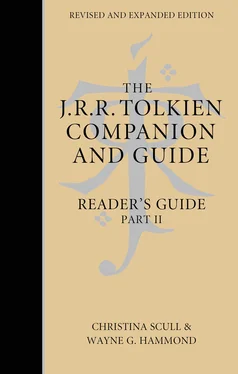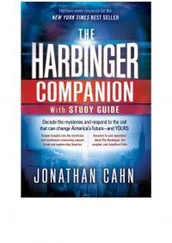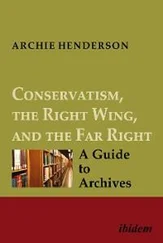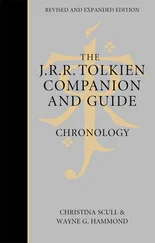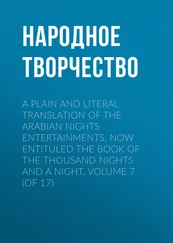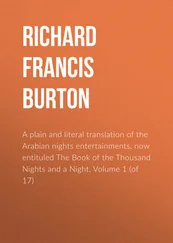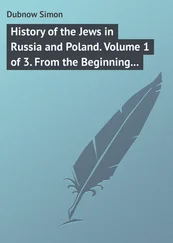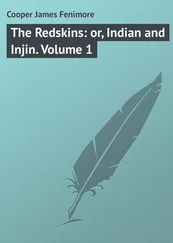The Nameless Land. Poem, first published in * Realities: An Anthology of Verse (1927), pp. 24–5.
The ‘nameless land’ is Eressëa, the home of the Elves in the True West of the world. The poet speaks of its golden ‘lingering lights’, its ‘grass more green than in gardens here’, its ‘dells that immortal dews distill / And fragrance of all flowers that grow’. It is unattainable, ‘a thousand leagues’ distant, a land ‘without a name / No heart may hope to anchor near’, more fair than Tir-nan-Og (the land of youth in Irish legend) and ‘more faint and far’ than Paradise, a ‘shore beyond the Shadowy Sea’. The poet dreams that he sees ‘a wayward star’ – the mariner Eärendel (or Eärendil) sailing the heavens – and refers to ‘beacon towers in Gondobar’ (‘city of stone’), one of the Seven Names of Gondolin.
According to a note on one of its typescripts, Tolkien wrote The Nameless Land at his home in Darnley Road, *Leeds, in May 1924, ‘inspired by reading * Pearl for examination purposes’. Like that medieval poem, The Nameless Land has both rhyme and alliteration, and the last line of each stanza is echoed in the first line of the next (‘And the woods are filled with wandering fire. / The wandering fires the woodland fill’). On 18 July 1962 Tolkien wrote to his Aunt *Jane Neave ( Letters , p. 317):
The poem [ Pearl ] is very well-known to mediaevalists; but I never agreed to the view of scholars that the metrical form was almost impossibly difficult to write in, and quite impossible to render in modern English. NO scholars (or, nowadays, poets) have any experience in composing themselves in exacting metres. I made up a few stanzas in the metre to show that composition in it was not at any rate ‘impossible’ (though the result might today be thought bad) …. I send you the original stanzas of my own – related inevitably as everything was at one time with my own mythology.
Tolkien later revised The Nameless Land as The Song of Ælfwine (on Seeing the Uprising of Eärendel ), with the intermediate title Ælfwine’s Song Calling upon Eärendel , tying the poem more explicitly to his mythology. Ælfwine, a mortal mariner who finds the sea-path to Eressëa, figures in * The Book of Lost Tales , * The Lost Road , and * The Notion Club Papers ; see *Eriol and Ælfwine. Many texts of The Song of Ælfwine survive in manuscript and typescript. Two of these were published, together with The Nameless Land , in * The Lost Road and Other Writings (1987); see in that volume, pp. 98–104.
See further, Stefan Ekman, ‘Echoes of Pearl in Arda’s Landscape’, Tolkien Studies 6 (2009).
Names. On 4 January 1892, the day after his son was born, *Arthur Tolkien wrote to his mother: ‘The boy’s first name will be “John” after his grandfather, probably John Ronald Reuel altogether. Mab [*Mabel Tolkien] wants to call it Ronald and I want to keep up John and Reuel’ (quoted in Biography , p. 12). Arthur chose ‘John’ for his own father (see *Tolkien family), but Mabel’s father was also a John (John Suffield, see *Suffield family). Tolkien explained the choice of names in a letter to Amy Ronald on 2 January 1969:
I was called John because it was the custom for the eldest son of the eldest son to be called John in my family. My father was Arthur, eldest of my grandfather John Benjamin’s second family; but his elder half-brother John had died leaving only 3 daughters. So John I had to be ….
My father favoured John Benjamin Reuel (which I should now have liked); but my mother was confident that I should be a daughter, and being fond of more ‘romantic’ (& less O[ld] T[estament] like) names decided on Rosalind. When I turned up … Ronald was substituted ….
Reuel … was (I believe) the surname of a friend of my grandfather. The family believed it to be French (which is formally possible); but if so it is an odd chance that it appears twice in the O[ld] T[estament] as an unexplained other name for Jethro Moses’ father-in-law. All my children, and my children’s children, and their children, have the name. [ Letters , pp. 397–8]
At his confirmation in 1903 Tolkien took the additional name ‘Philip’ but used it only rarely.
In an autobiographical statement written in 1955 Tolkien explained his surname as ‘a German name (from Saxony), an anglicization of Tollkiehn , i.e. tollkühn . But, except as a guide to spelling, this fact is as fallacious as all facts in the raw. For I am neither ‘foolhardy’ [= tollkühn ] nor German, whatever some remote ancestors may have been’ ( Letters , p. 218). Tolkien’s aunt Grace Mountain (see *Mountain family) alleged that their surname had originally been von Hohenzollern , after that district of the Holy Roman Empire from which the family had come. ‘A certain George von Hohenzollern had, she said, fought on the side of the Archduke Ferdinand of Austria at the Siege of Vienna in 1529. He had shown great daring in leading an unofficial raid against the Turks and capturing the Sultan’s standard. This (said Aunt Grace) was why he was given the nickname Tollkühn , “foolhardy”; and the nickname stuck’ (Humphrey Carpenter, Biography , pp. 18–19). The story was also told of a French variation of the surname, du Téméraire , but may be no more than family lore. Research by Polish Tolkien enthusiasts such as Ryszard Derdzinski, reported on the website Tolknięty ( tolkniety.blogspot.com ) indicates that certain family members emigrated to England from Gdańsk around 1772, having belonged to a family of Gdańsk (Danzig) furriers whose history reached back into fourteenth-century Prussia and thirteenth-century Saxony.
On a copy of a George Allen & Unwin (*Publishers) press release, not before 1968, Tolkien wrote his surname phonetically and gave instructions for its pronunciation: ‘(tôl kēn) tĺkeen (sc. tolk does not rhyme with yolk ; the division is tol–keen in which tol rhymes with doll and kien (NOT KEIN) = keen as ie in field and many other words’ (Tolkien–George Allen & Unwin archive, HarperCollins). It was, and is, frequently misspelled Tolkein . Tolkien complained of this in a letter to Graham Tayar in June 1971, ‘in spite of all my efforts to correct this – even by my college-, bank-, and lawyer’s clerks!’ ( Letters , p. 410). On 12 October 1966 he wrote to Joy Hill at Allen & Unwin about a document from the Performing Rights Society: ‘I wish producers of documents would see to it that they give me my correct name. My third name appears as Revel twice in each of the Deeds. My surname is Tolkein on one of them’ (Tolkien–George Allen & Unwin archive, HarperCollins). Even on his tombstone Reuel at first was carved Revel .
The phonetic rendering of Tolkien’s surname should be understood to place the stress on the first syllable. The same pronunciation is described by Clyde S. Kilby in ‘Many Meetings with Tolkien’ (an edited transcript of remarks at the December 1966 meeting of the Tolkien Society of America), published in Niekas 19 (c. 1968). Henry S. Resnik, however, in remarks at a July 1966 meeting of the Tolkien Society of America, said on the basis of a half-hour telephone interview that Tolkien ‘pronounces his name tul-KEEN …. His American publisher pronounces it TUL-kin, and I took him as the leading authority, but apparently Tolkien knows’ (‘An Interview with Tolkien’, p. 43).
Arthur and Mabel Tolkien called their son by his second name, Ronald , as did his other relatives and his wife. In his letter to Amy Ronald, Tolkien said that when he was a boy in England Ronald was a much rarer name than it later became: it was shared by none of his contemporaries at school or university ‘though it seems now alas! to be prevalent among the criminal and other degraded classes. Anyway I have always treated it with respect, and from earliest days refused to allow it to be abbreviated or tagged with. But for myself I remained John. Ronald was for my near kin. My friends at school, Oxford and later have called me John (or occasionally John Ronald or J. Rsquared)’ ( Letters , p. 398). Tolkien occasionally signed himself ‘John’ to Edith Bratt (*Edith Tolkien) when they were courting.
Читать дальше
